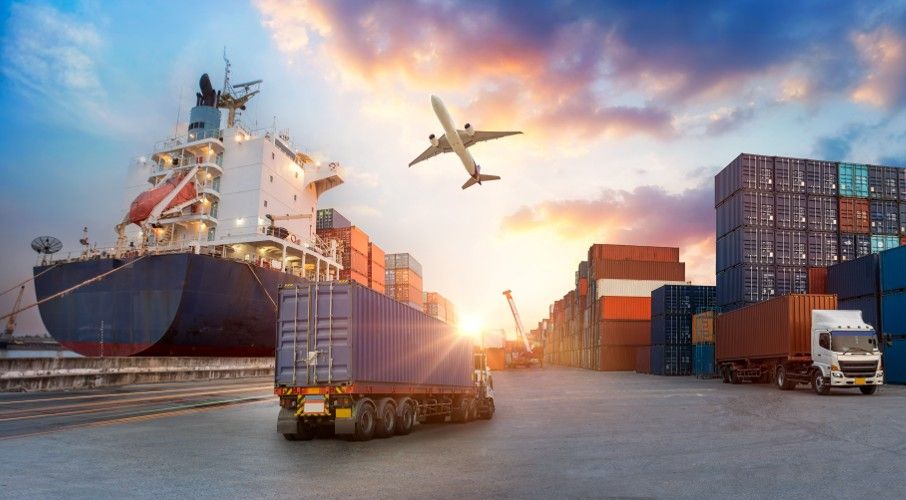Introduction to the low-value goods import tax
Back in July 2018, the Australian Government introduced a new form of import tax for overseas vendors — requiring that they pay GST on all low-value goods that are imported into the country.
Previously, overseas vendors could offer cut-rate prices as they didn’t have to pay GST, unlike their Australian counterparts. This — coupled with the fact that overseas vendors also often have far lower operating costs — meant that Australian small businesses had been struggling to compete.
With overseas vendors selling their goods at such low prices, there was only one thing Australian businesses could do: start reducing the quality of their products. Needless to say, this led to a race to the bottom.
The government, recognising the need to promote small businesses (after all, they’re responsible for 35% of Australia’s total GDP), introduced the low-value goods import tax to give Australian small businesses a level playing field. However, that’s not to say that the government has always been in agreement — the law has been many years in the making.
Gerry Harvey, boss of Harvey Norman, had been lobbying for this tax to be introduced since 2015. His influence has been so strong that many are in fact calling this the ‘Gerry Harvey tax’. So why didn’t the government budge up until now?
Well for starters, it’s taken a while to work out the various nuances: tax law is far from simple. And there was strong opposition: major retailers like Amazon and eBay were incredibly vocal, stating that it ‘imposes an administrative burden on sellers’, which creates ‘an inherent disincentive for them to comply’ — they even went as far as saying, ‘It will create, rather than remove, distortions in pricing due to its lack of efficient mechanisms’.
Despite such hefty opponents, the government remained firm and went ahead with introducing the tax.
















